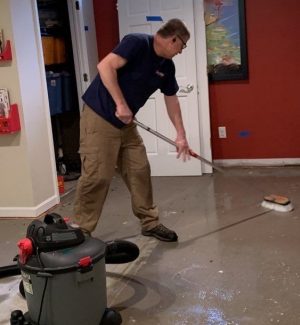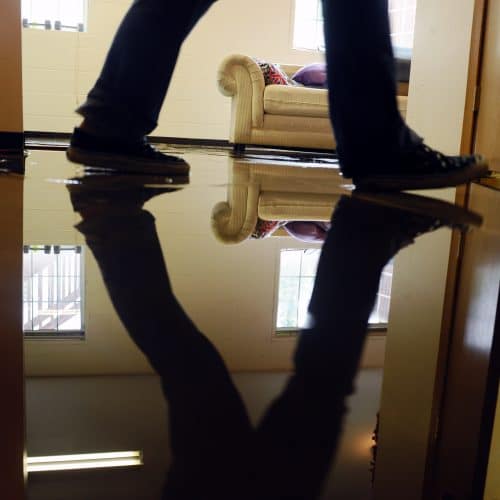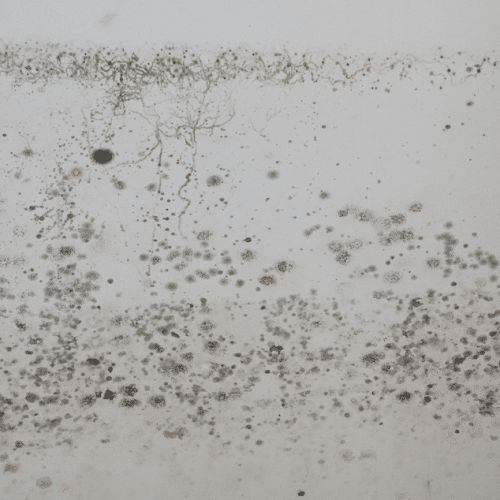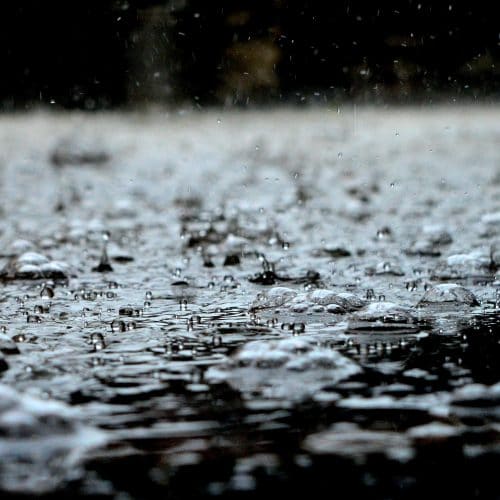Flood & Water Damage
24-Hour EMERGENCY SERVICE
On-site within ONE HOUR of your call!
Experiencing water damage in your home is never easy or pleasant! That’s why The Dry Guys make it a priority to set your mind at ease and assure you that our job is to restore your home or office to its pre-loss condition in the most respectful, efficient, and timely manner as possible.
When faced with a flooded area in your home or business, panic is often the first reaction – and understandably so. But it is critical to act quickly to prevent further damage and minimize problems that result from a water damage situation. TIME IS OF THE ESSENCE.
Following is a helpful list of DOs & DON’Ts if you find yourself with water damage:
The speed and efficiency which “The Dry Guys” displayed in responding to the water problem in my basement saved me a lot of time and headaches. My basement was back to normal in a very short time. The service was first-rate, very efficient and professional. I will not hesitate to recommend them to anyone who might be in need of their services.
We work with a wide range of insurance companies on flood and other other disaster property coverage, including:
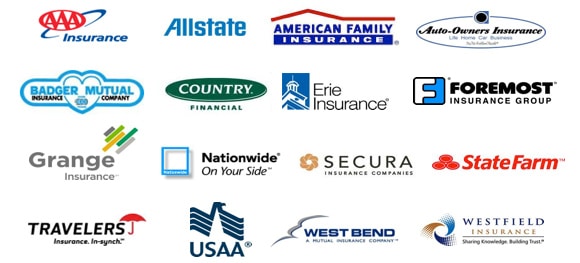
The DOs & DON’Ts of Water Damage
- AVOID HAZARDS: Be extremely careful of the deadly combination of water and electricity. Also be cautious of slippery wet carpets and floors. Stay away from raw sewage back ups, which contain bacteria that can be harmful to your health.
- STOP THE SOURCE: If you haven’t located the source of the water, call us immediately and we will guide you through this. It is crucial that this is done quickly and properly.
- CALL The Dry Guys: We are available 24 hours a day, 7 days a week. You will always be answered by friendly staff. Our dispatchers will have a water damage expert contact you immediately. After you call, we’re on our way!
- REMOVE FURNITURE: Wood furniture will cause stains which cannot be removed. Rust stains from metal are difficult to remove and may be permanent. 95% of water damage jobs are restorable. Most of the remaining 5% are caused by not following these steps. So move furniture that’s in or even near the water, or place something under the legs.
- REMOVE VALUABLES: Items of financial or sentimental value should be moved to safe place away from the water to avoid potential damage.
- PREVENT COLOR STAINING: Remove books, magazines, area rugs or anything else that may bleed color onto the carpeting.
- Do not postpone professional help. The longer you wait the more damage will occur.
- Do not enter areas of sewage back up – even if it looks like “clean” water. This is contaminated water and must be handled using proper precautions.
- Do not attempt to use electricity in the areas affected by water.
- Do not turn on ceiling fixtures if ceiling is wet.
- Do not enter rooms where ceilings are sagging from retained water.
- Do not store wet items in plastic bags
- Do not allow children or pets to enter affected areas.
- RESPOND QUICKLY – You will reach a live person when you call us, 24 hours a day, 7 days a week. Our trucks are loaded and ready to respond as soon as we hear from you. We can be on-site within one hour of your call. The quicker we begin work, the more we can minimize the damage in your home.
- INSPECTION & DOCUMENTATION – Our trained staff will inspect the situation in your home to identify any hazards and the steps needed to safely eliminate them. If you have not done so already, we can help identify the source of the water and ensure it has been stopped. This is done together with you, so you are kept informed from the very start and understand the full scope of the job.
- EXTRACTION –Standing water will be pumped out if necessary, and the remaining water will be extracted from carpet & padding.
- CONTENT REMOVAL – Salvageable items are moved from the affected area, if they haven’t been removed already, to prevent future damage. Unsalvageable items must also be removed and discarded. This can include flooring, carpet, padding, and dry wall.
- ANTIMICROBIAL APPLICATION – After the affected area is cleaned, an application of an anti-microbial will prevent any future mold or mildew growth.
- DRYING – Even after all the visible water is extracted, the structure must be dried properly and completely, as it has absorbed a great deal of moisture. Correct air flow and circulation will draw the moisture out using dehumidifiers and air movers. This final step is critical in preventing future problems from any remaining moisture. Moisture levels are monitored daily until proper drying has been achieved.
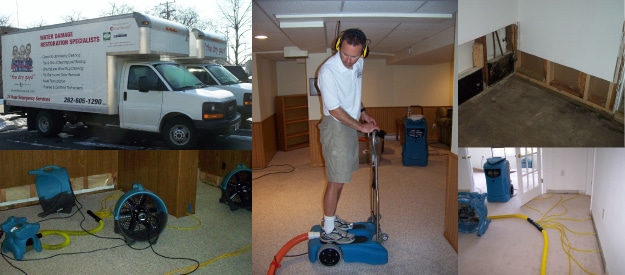
The source of the water will determine the route we must take to restore your home. Different procedures are followed for each of the categories of water, and different precautions must be taken in each case. It is important to note that the original category of the water can quickly deteriorate to higher levels due to several factors including time, contact with other materials and surfaces, and elevated temperatures.
Below is a summary of the 3 Categories of Water as described by the IICRC S500. Click here for a complete description from the S500.
CATEGORY 1: Water originating from a sanitary source that poses no substantial risks.
- Broken water supply line
- Tub or sink overflow (with no contaminants)
- Melting ice or snow
- Falling rain water
- Broken toilet tanks or bowls (with no contaminants)
CATEGORY 2: Water containing significant contamination and has potential to cause sickness. It may contain unsafe levels of microorganisms or other chemical or biological hazards.
- Discharge from dishwashers or washing machines
- Overflows from washing machines
- Overflows from toilet bowls (room side of the trap, some urine but no feces)
- Seepage due to hydrostatic pressure
- Broken aquariums
- Punctured water beds
CATEGORY 3: Grossly contaminated, unsanitary water that can contain pathogenic, toxic or other harmful agents.
Sewage
- Toilet backflows (beyond the trap)
- Flooding from seawater, rivers, streams
- Wind driven rain from hurricanes, tropical storms, etc.






